The Covid-19 pandemic has led to a drastic fall in global demand for goods and services, and as a result, a decline in carbon emissions too. Can cities permanently sustain this to aid the development of a circular and carbon-neutral economy? At the recent Urban 20 (U20) Mayors’ Summit hosted by Riyadh, Saudi Arabia, CLC Executive Director Khoo Teng Chye shared how Singapore is developing circular economy initiatives, including its Zero Waste Masterplan. The city-state was also represented by its former Deputy CEO of the National Environment Agency (NEA), Loh Ah Tuan, who served as a technical expert in the U20 taskforce on Circular and Carbon-neutral Economies and contributed a
white paper.
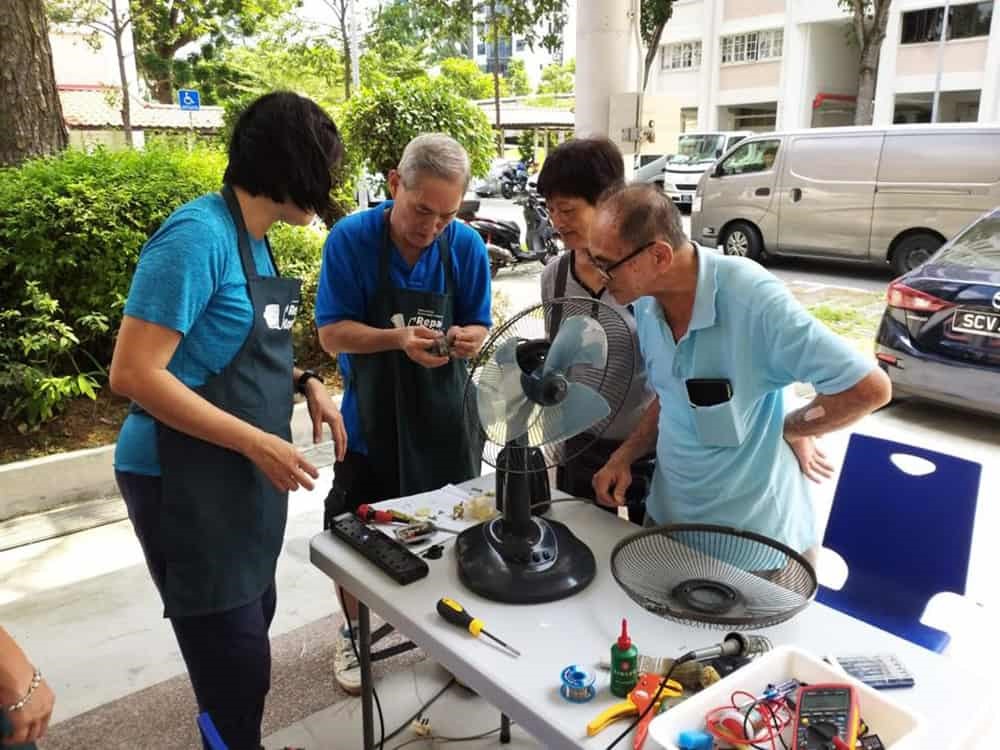
Figure 1. Repair Kopitiam – A community-driven project where volunteers guide the public in repairing household appliances instead of disposing them. (Source: https://greenisthenewblack.com/repair-kopitiam-singapore/)

Figure 2. CLC Executive Director Khoo Teng Chye presenting virtually during the U20 Mayors’ Summit focus session on advancing circular economy in cities.
Over the last 40 years, the amount of solid waste disposed in Singapore has increased seven-fold. At current rates, the city-state’s only landfill at Semakau Island, covering an area of 350 hectares, will run out of space by 2035. Singapore urgently needs to adopt circular production and consumption to close the waste loop and turn its trash into treasure, especially given its increasing urbanisation and limited land. In 2019, the government launched the Zero Waste Masterplan to chart a path to becoming a “Zero Waste Nation” by sustainably managing its waste and resources.
One major area of focus has been advancing reducing and recycling in major waste streams. For instance, while construction and demolition waste are a major contributor in other cities, Singapore has successfully achieved a recycling rate of 99% in 2018 for its construction industry. Efforts are now underway to replicate such success in three major waste streams: food waste, packaging waste and electronic waste.
Food waste — Several shopping malls and food centres now segregate their food waste and use on-site treatment systems to convert it into liquid nutrient or compost for landscaping purposes or water for non-potable use. Similar initiatives have also taken off in residential areas, including a pilot project to recycle food waste in the public housing estate of Tampines GreenLace. It has seen encouraging results, with one in three households using the recycling bins at least once a week.
In addition to treatment, homogenous food waste such as spent grains and soya bean waste are also recycled into animal feed. Such nutrient recycling solutions support the city-state’s goal of producing 30% of its nutritional needs locally by 2030. Finally, food waste that is not recycled or treated is disposed at Waste-to-Energy plants for energy recovery.
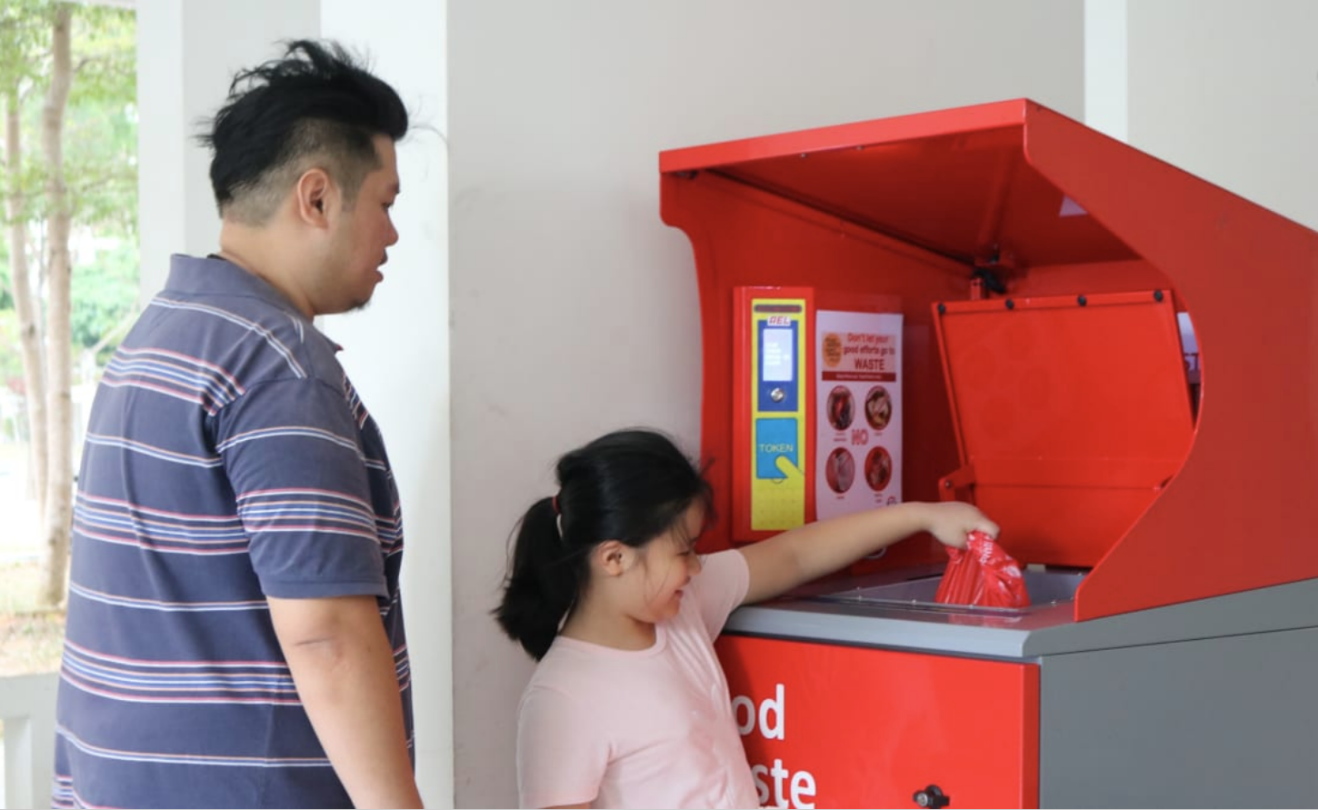
Figure 3. Residents at Tampines GreenLace depositing food waste into a recycling bin located at the void deck. (Source: 8world)
Packaging waste — The Singapore Packaging Agreement was introduced in 2007 to reduce waste through the re-design of manufacturing processes and product packaging, supply chain initiatives, as well as consumer education. The voluntary government-industry partnership is just one of various initiatives by the NEA to reduce packaging waste. Another is working with businesses, grassroots organisations and NGOs to encourage Singaporeans to bring their own bags for shopping and marketing. The NEA is also conducting a pilot to use Mechanical Biological Treatment systems to transform plastics into solid recovered fuel.
Electronic waste — To raise the convenience of recycling e-waste, the RENEW programme was launched in 2012 by the NEA in collaboration with corporations StarHub, DHL, and TES-AMM. Collection bins for electronic waste have been rolled out island-wide, with over 450 bins placed at over 400 locations as of March 2019. In 2021, the NEA will also be rolling out the Extended Producer Responsibility Framework, which mandates that producers take financial or physical responsibility for the end-of-life treatment of their products. This applies to e-waste and plastic waste, including ICT equipment, large electrical and electronic appliances, batteries, lamps and solar panels.
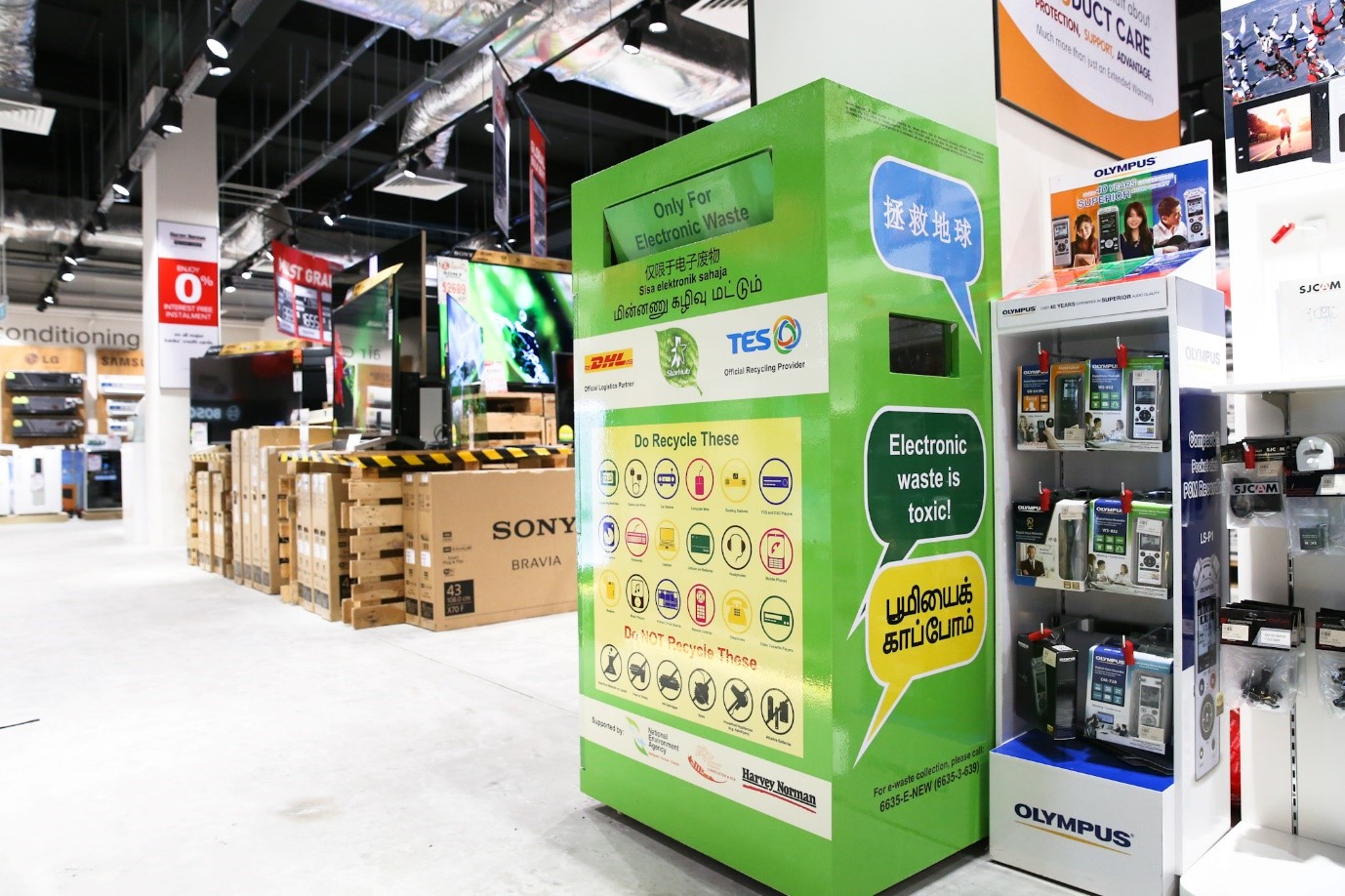
Closing Loops and Maximising Synergies
Besides regulatory action, Singapore has also created circular systems to creatively manage waste streams. A pilot project in co-digesting food waste with sludge from wastewater treatment plants successfully demonstrated that it yields more biogas compared to treatment of the sludge alone. Such a treatment plant is now being constructed at Tuas Nexus. The award-winning facility will co-locate the Tuas Water Reclamation Plant and the Integrated Waste Management Facility to maximise both energy and resource recovery in solid waste and used water treatment processes. It is expected to save over 200,000 tonnes of carbon emissions annually.
Another circular economy initiative can be found in the popular tourist destination Gardens by the Bay, which recycles approximately 70% of its horticultural waste. The Gardens retrieves tree branches and plant trimmings from its premises and other parks around Singapore to be burned in an on-site biomass power plant. The energy generated is then used to run the chillers that cool the Gardens’ Flower Dome and Cloud Forest conservatories.
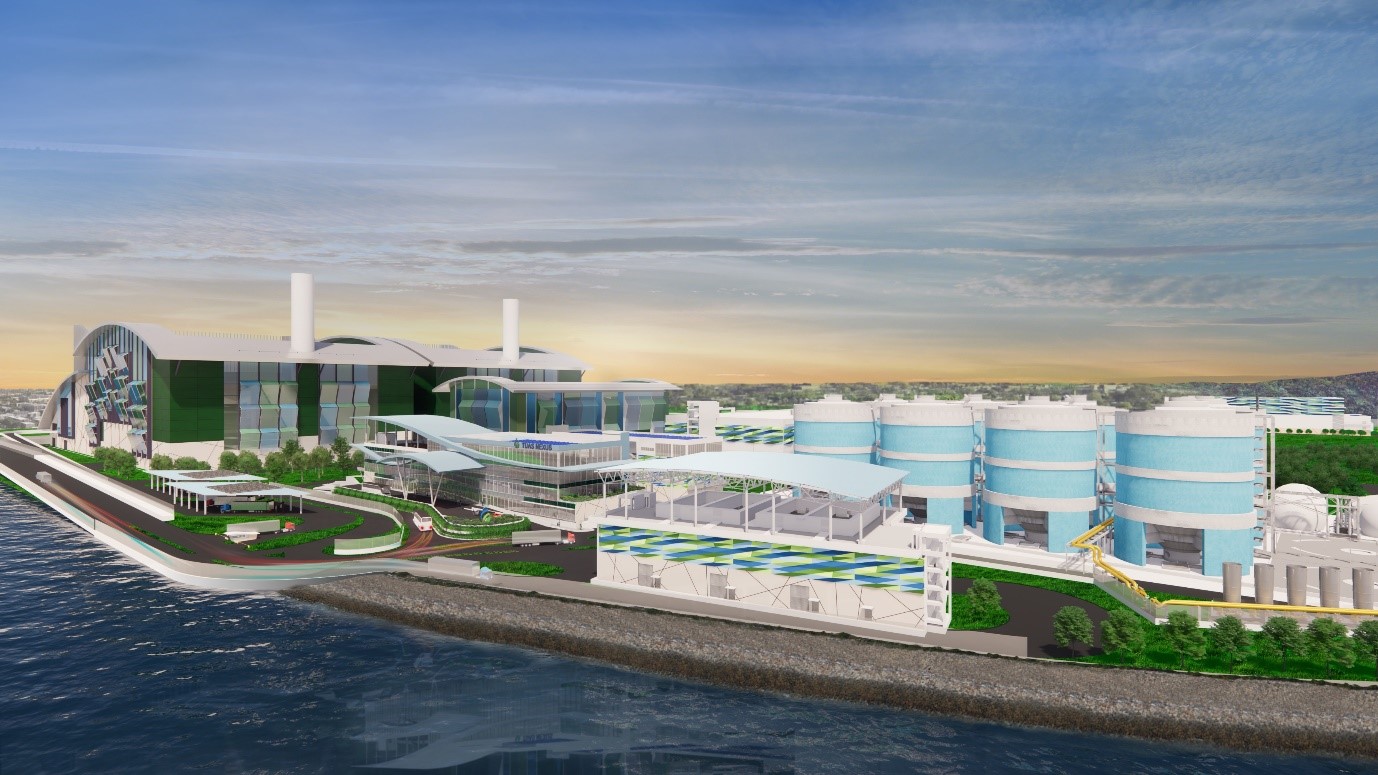
Figure 5. An artist's impression of Tuas Nexus, a development that co-locates the Integrated Waste Management Facility (left) and the Tuas Water Reclamation Plant (right). (Source: PUB)
Sustaining a Circular Approach to Waste
The above examples are guided by Singapore’s goal to build a circular economy for waste by adopting sustainable approaches in production, waste management and consumption.
Sustainable Production — Firstly, companies are given incentives to “design-out” waste from their processes, and they have the responsibility to ensure the proper disposal of their end-of-life products. A second approach is via industrial symbiosis in land use planning, such that industrial facilities are sited within close proximity for mutually beneficial collaborations. For instance, the waste output of one facility could be used as raw material for the operations of another, leading to sustainable industrial processes and cost savings. Finally, by encouraging the creation of a sharing economy, such as bicycle-sharing and car-pooling, companies are incentivised to design products that last longer and use materials that are easily recyclable.
Sustainable Waste Management — Singapore has adopted technologies for turning what would otherwise be sent to the landfill into useful materials. Examples include treating the bottom ash from Waste-to-Energy plants to create material for construction and land reclamation projects, developing ‘dirty’ plastic processes, and feeding food waste to black soldier fly larvae to produce frass, which is then used as compost.
Sustainable Consumption — A key strategy has been to inculcate a “reduce and reuse” mentality amongst citizens. To encourage lifestyle changes in households, an extensive education programme was launched to promote the use of reusable bags for grocery shopping and to use reusable containers to buy cooked food. Repairing, refurbishing, and repurposing of old items are also promoted to improve product circularity.
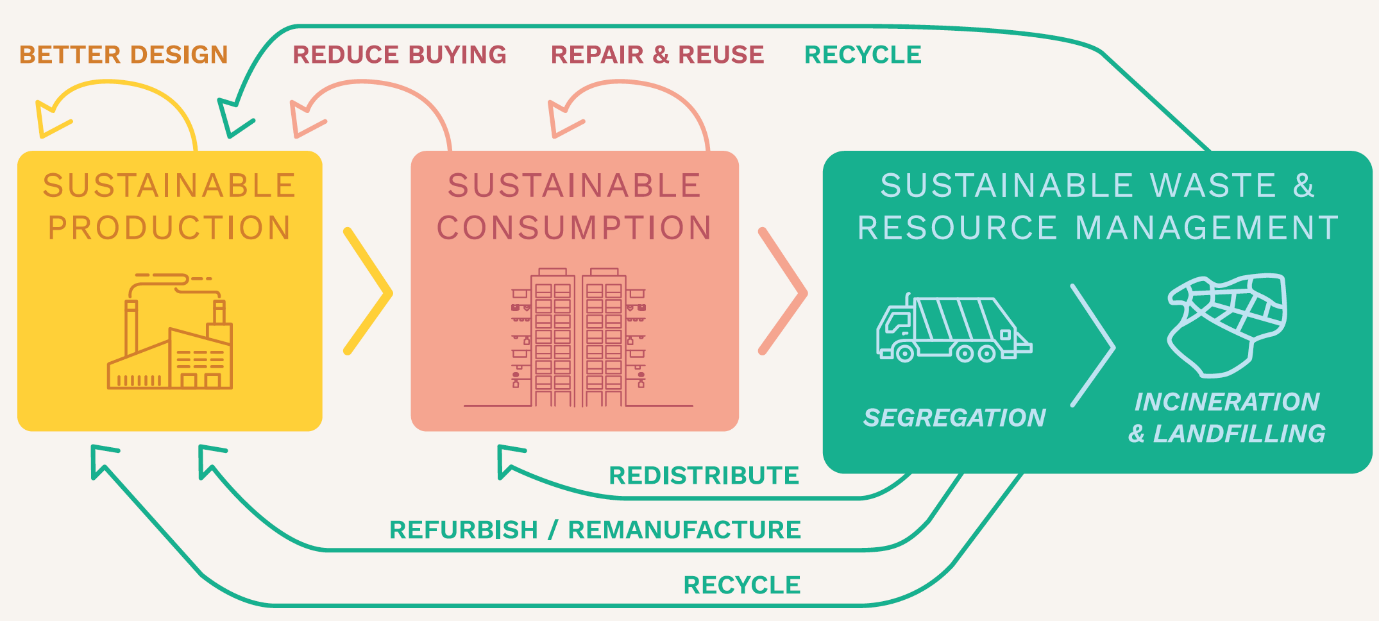
Private, Public, and People Partnerships
Although the task of tackling waste management is led by the Ministry of Sustainability and the Environment and the NEA, urban planners in Singapore recognise the importance of taking a systems approach to land use, water, and waste management. It allows the different government agencies to balance the conflicting interests and trade-offs, while maximising synergies to achieve the best possible outcome.
Supporting the development of circular economy policies is the National Research Foundation’s five-year S$900 million Urban Solutions and Sustainability research programme as part of Singapore’s Research Innovation Enterprise (RIE) 2020 Plan. Finally, the government also collaborates with different segments of society to co-create innovative environmental solutions. For example, to promote a zero-waste lifestyle, the government works closely with schools, businesses, community groups, NGOs, and civil society groups to rally the ground, raise awareness on waste issues, and catalyse ground-up initiatives in waste reduction, reuse, and recycling.
This report was first published in the Better Cities Oct 2020 issue
Author’s Bio
Aloysius Teo
Manager
Centre for Liveable Cities
Aloysius Teo is a researcher at the Centre for Liveable Cities focusing on urban greenery and ecology, ecosystem services, and sustainable districts. Aloysius holds a Ph.D. from the National University of Singapore, specialising in forest ecology.